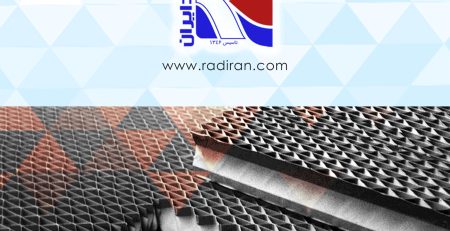Differences Between Refrigerants R22 and R410
Refrigerants R22 and R410 are two types of gases commonly used in air conditioning systems. These two gases are compared due to their different characteristics and environmental impacts. Below, we will examine the key differences between these two gases.
1. Environmental Status
- R22: It is a hydrochlorofluorocarbon (HCFC) that harms the ozone layer. For this reason, its production and use have been banned in many countries.
- R410: It is a hydrofluorocarbon (HFC) introduced as a more environmentally friendly alternative to R22 and has no negative impact on the ozone layer.
2. Efficiency
- R22: It has lower efficiency compared to R410. More R22 is needed to cool a specific space.
- R410: It has higher efficiency and requires less volume to cool the same space. On average, R410 compressors have about 40% higher cooling capacity than R22 compressors.
3. Cost
- R22: It generally has a lower cost, but due to existing bans, it may be difficult to access.
- R410: It is typically more expensive; however, considering its higher efficiency and reduced environmental impact, this investment may be justified.
4. Oil Compatibility
- R22: Compressors using R22 usually use mineral oil.
- R410: Compressors working with this refrigerant utilize synthetic and enhanced oils, which improve overall system performance.
5. Compressor Quality and Power
- Compressors designed for R410 generally have higher quality and provide better cooling capacity due to the design and technologies employed.
Advantages and Disadvantages of R410
Advantages:
- Environmentally Friendly:
- R410, as a hydrofluorocarbon (HFC), has no negative impact on the ozone layer and is a more suitable option for the environment compared to R22.
- Higher Efficiency:
- R410 has higher efficiency and requires less volume to cool similar environments, leading to reduced energy consumption.
- Less Need for Charging:
- Air conditioning systems that use R410 have a lower need for gas recharge due to higher efficiency, thereby reducing overall costs.
- Longer Lifespan:
- Compressors designed to work with R410 typically have a longer lifespan and are made of higher quality materials, which increases the system’s longevity.
Disadvantages:
- More Expensive than R22:
- The cost of R410 is usually higher than that of R22, which can impact initial investment costs.
- Need for Newer Equipment:
- To use R410, newer equipment and compressors are required, which may increase installation and setup costs. Additionally, this equipment is usually more complex.












